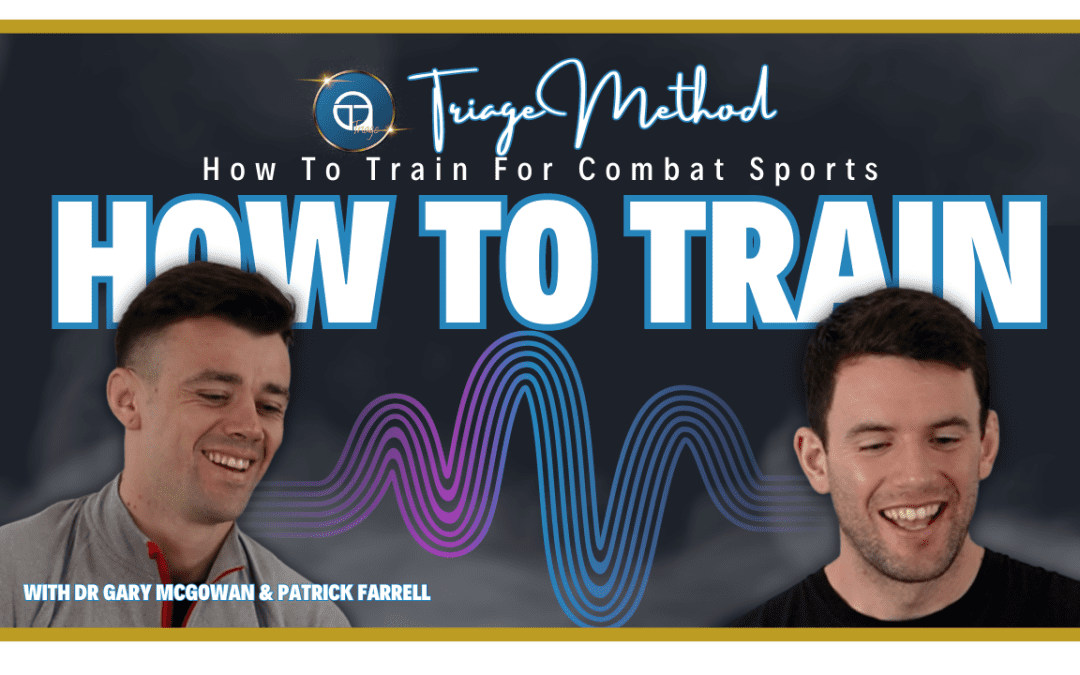Subscribe to the podcast on Spotify here!
How To Train For Combat Sports Timestamps:
00:00:00 – Taking a hiatus from the podcast
00:03:10 – The Importance of Skill in Combat Sports
00:06:24 – The Importance of Cardiovascular Fitness and Conditioning
00:09:24 – Components of Different Combat Sports
00:12:31 – Understanding the Differences in Combat Sports
00:15:37 – Strategic Training in Combat Sports
00:18:31 – The Challenges of Sport Training Optimisation
00:21:34 – The Importance of Controlled Training
00:24:35 – Finding Fun Modes of Cardio for Your Sport
00:27:35 – The Importance of Strength and Conditioning for Athletes
00:30:47 – Differentiating between short, explosive efforts and fatiguing intervals
00:34:00 – Maximising Training Adaptations
00:36:54 – Pushing to the Max in Training
00:39:58 – The Benefits of Resistance Training
00:43:07 – Finding the Right Training Balance
00:46:10 – Training Specifics for Combat Sports
00:49:14 – Specific Training for Combat Sports Athletes
00:51:56 – Auto regulatory training and injury prevention
00:55:02 – Staying Ahead of Fatigue and Niggles in Combat Sports
00:58:10 – Managing Fatigue and Recovery for Competition
01:01:09 – Coaching Availability
How To Train For Combat Sports
Combat sports are incredibly interesting to engage in, and in this episode of the podcast, we discuss how to train for combat sports with regard to your strength and conditioning. Combat sports are really the ultimate form of competition and they are where strategy, technique, and athleticism converge. Strength and conditioning play a pivotal role in honing the skills and prowess of combat athletes across various disciplines. In this episode, we delve into how to train for combat sports and how to tailor your training to the diverse demands of wrestling, Jiu Jitsu, and striking. We do this by exploring needs analysis for the sport(s), specific programming, and periodisation strategies that shape how combat sports athletes train.
A common thread that weaves through all martial arts disciplines is the significance of an aerobic base and strength endurance. However, the first step in crafting an effective training regimen is a thorough needs analysis, which sets the stage for personalised programming. In the context of wrestling, we uncover the critical role of maximal strength and anaerobic power. The explosive demands of takedowns and intense bursts of energy underscore the importance of these elements in a wrestler’s preparation. On the other hand, Jiu-Jitsu practitioners find their priorities in the realms of strength endurance and aerobic conditioning, rather than maximal strength (although it is still important). Striking, whether it be boxing, kickboxing, or other forms, places emphasis on high-velocity strength and anaerobic power, fundamental for delivering swift, powerful strikes.
In the podcast, we explore conditioning programming and develop your understanding of how to train for combat sports. Aerobic training, often accumulated during martial arts training itself, becomes a cornerstone of preparation. Whether it’s Brazilian Jiu-Jitsu drills or rolling sessions, these activities offer valuable aerobic volume, with the intensity adjusted as needed. Additional aerobic exercises, preferably low-impact, find a place in the program, catering to the unique needs of striking disciplines, where time spent on feet can prove advantageous. Balancing both upper and lower body modes of aerobic training while accommodating fatigue becomes paramount, regardless of the sport.
As we move into the discussion of anaerobic training, the focus shifts to brief, explosive alactic intervals lasting 3 to 10 seconds. Complementing these are short, intense lactic intervals spanning 10 to 60 seconds. An essential aspect of anaerobic training lies in the meticulous work-to-rest ratios, where a delicate equilibrium between exertion and recovery is struck. Delving deeper, we discuss the concept of recovery-specific intervals, an approach that mimics the rapid recovery times seen in combat sports. Pushing the boundaries, these intervals are designed to elevate heart rate during exertion and actively drive it down during rest, a reflection of the fast-paced nature of combat sports.
Resistance training is also a cornerstone of strength and conditioning, and you must understand it if you are to understand how to train for combat sports. The programming approach varies based on the specific needs of the athlete and sport, encompassing hypertrophy, strength, and power. Amidst these objectives, the importance of sports-specific training is obvious, although being overly sports-specific with your strength and conditioning can actually be harmful. A comprehensive needs analysis will reveal that certain areas need more focus than others, depending on the sport and the athletes themselves. Areas such as hip flexors, shoulders and low back may need more attention for certain populations, while mobility and hamstring flexibility, may be required for others. Injury prevention is an often underrated benefit of resistance training, which can be incredibly beneficial for combat sports.
Finally, we discuss periodisation and how to change your training, depending on what else is going on in your life, and of course, depending on your competition schedule. As competition draws near, the focus generally shifts, intensifying sports specificity and reducing strength and conditioning, to ensure that fighters peak at precisely the right moment, harnessing their optimal physical capacities when it matters the most.
In conclusion, this episode dives into the heart of strength and conditioning for combat sports, offering insights into the nuances of needs analysis, programming, and periodisation. From wrestling’s explosive bursts to Jiu Jitsu’s enduring battles and the lightning-quick strikes of various disciplines, the art of crafting the perfect training regimen takes centre stage. By understanding the unique demands of each combat sport and tailoring strength and conditioning strategies accordingly, we can craft a well designed program that optimises performance and results! By the end of the podcast, you should have a very clear picture of how to train for combat sports!
Join the Email List
forms.aweber.com/form/77/857616677.htm
Interested in coaching with Triage?
Email info@TriageMethod.com and the Triage Team will get back to you!
Or you can read more and fill in a contact form at www.triagemethod.com/online-coaching/
Interested in getting certified as a Nutrition Coach?
Check out our course here: www.triagemethod.com/nutrition-certificate/
Have you followed us on social media?
Youtube: www.youtube.com/channel/UCzYO5nzz50kOAxo6BOvJ_sQ
Instagram: www.instagram.com/triagemethod/
Facebook: www.facebook.com/triagemethod/


